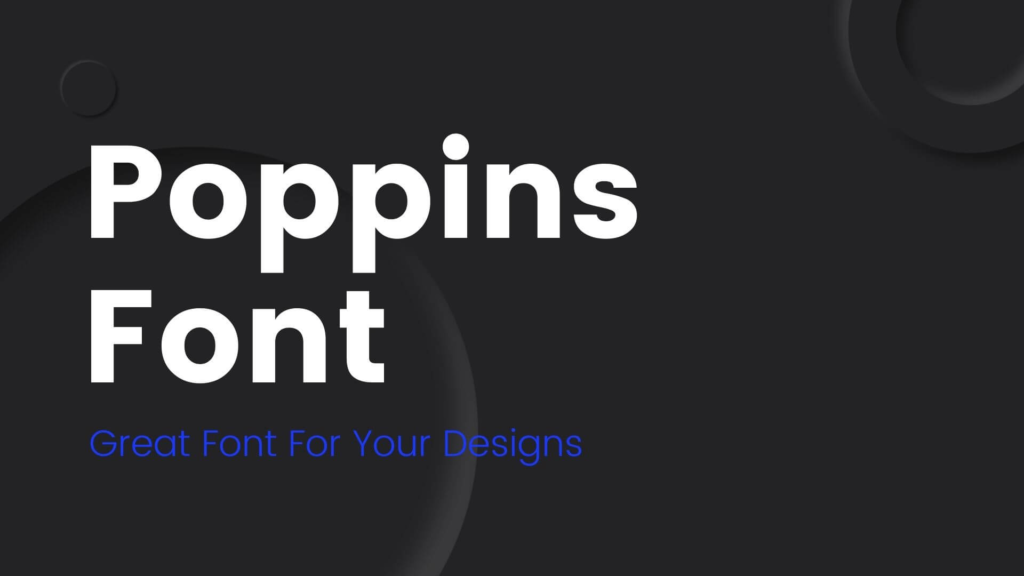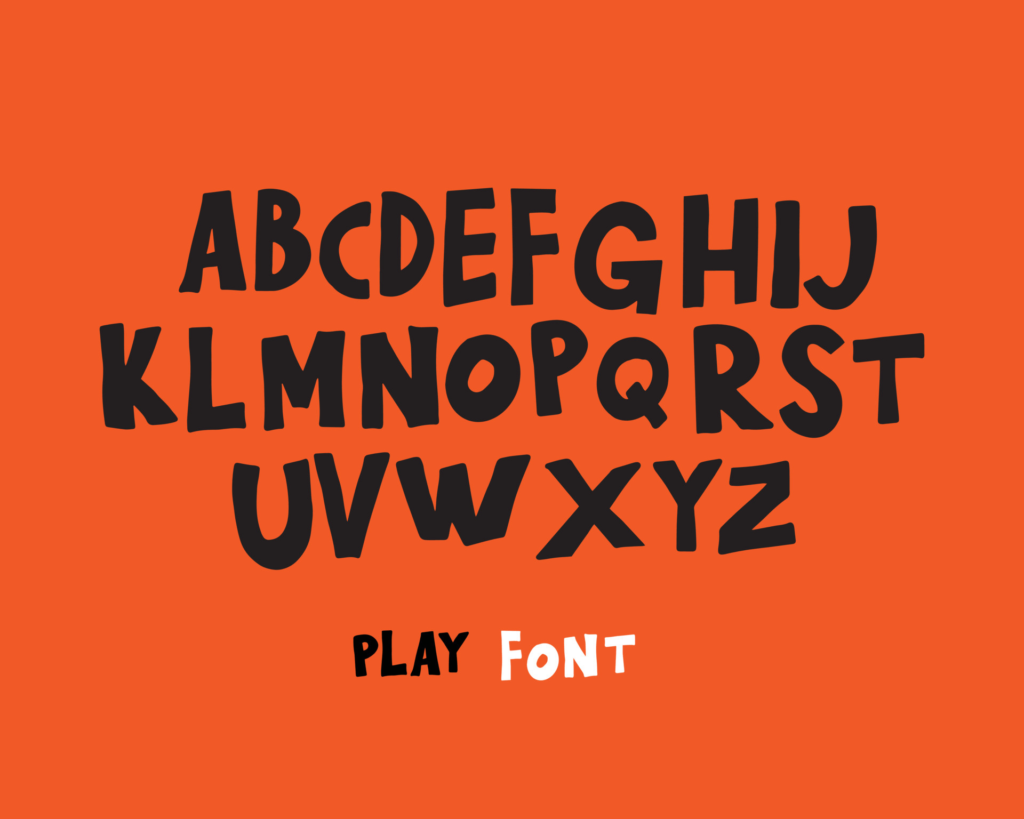punk fontThe punk movement has long been associated with rebellion and non-conformity, and its influence has extended far beyond the music industry. One of the most notable and lasting contributions of punk to popular culture is the punk font. This bold and edgy style of typography has become synonymous with punk and has been used in everything from flyers and album covers to fashion and advertising. In this article, we’ll explore the rise of punk font, why we love it so much, and how to use it in design.
The Rise of Punk Font
The roots of punk font can be traced back to the DIY ethos of the punk movement. In the late 1970s, punks began designing their own flyers, posters, and album covers, often using hand-drawn typography with a raw and rebellious edge. This aesthetic was a rejection of mainstream design and a celebration of individuality and self-expression. As punk music gained popularity, so too did punk font, and it soon became a defining characteristic of the genre.
Why We Love It So Much
There’s something inherently cool and rebellious about punk font. Its bold, jagged lines and distressed textures convey a sense of energy and urgency that resonates with people of all ages and backgrounds. It’s a style that’s unapologetic and unafraid to stand out, and it embodies the DIY spirit that punk is known for. Whether you’re designing a poster for a show or just adding some edge to your branding, punk font is a versatile and timeless choice.
From DIY to Mainstream
Over the years, punk font has made its way from the underground punk scene to the mainstream. It’s been used by major brands like Nike and Converse, as well as in countless movies and TV shows. While some might argue that this commercialization dilutes its rebellious spirit, others see it as a sign of punk’s enduring influence and relevance.
Punk Font: Bold and Rebellious
One of the defining characteristics of punk font is its boldness. It’s not afraid to take up space and demand attention. Whether it’s rendered in black and white or bright neon colors, punk font grabs your eye and refuses to let go. It’s a perfect choice for any design that needs to communicate energy, excitement, or rebellion.
How to Use It in Design
If you’re looking to incorporate punk font into your design, there are a few things to keep in mind. First, make sure the font is legible and readable, even if it’s a bit rough around the edges. Second, consider pairing punk font with more traditional typefaces to create contrast and balance. Finally, experiment with color, texture, and layout to create a design that’s truly unique.
The Future of Punk Font
As with any trend, it’s hard to predict the future of punk font. Some might argue that it’s already had its moment in the sun and that it’s time to move on to something new. Others might argue that punk font will continue to be a staple of design and pop culture for years to come. Whatever the future holds, one thing is certain: punk font will always be associated with rebellion, non-conformity, and the DIY spirit that defines punk.
Whether you’re a fan of punk music or just love the rebellious spirit of punk font, there’s no denying the impact that this style of typography has had on design and popular culture. From its humble DIY beginnings to its mainstream success, punk font has become a symbol of individuality and self-expression. So next time you’re designing a poster, a t-shirt, or a logo, consider adding a bit of punk font to your design. Who knows? It might just be the edge your project needs to stand out from the crowd.









